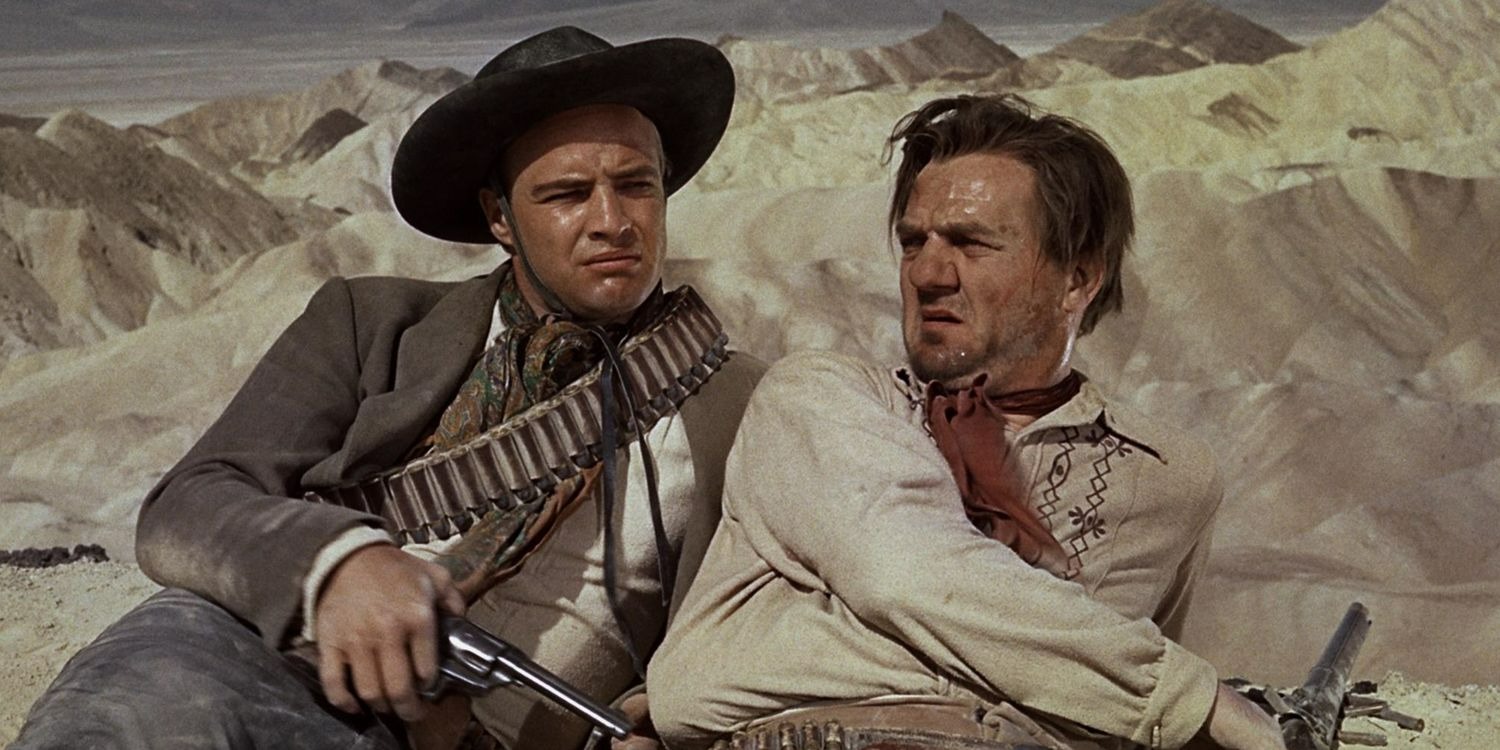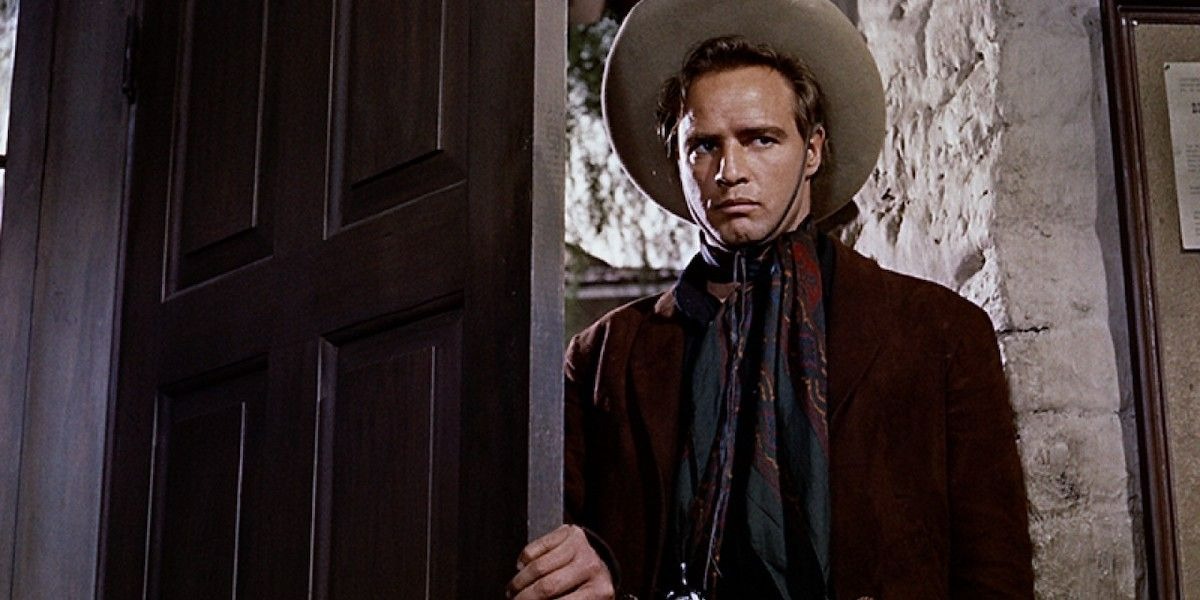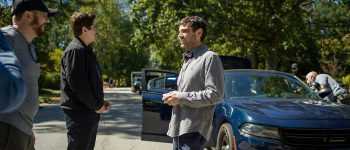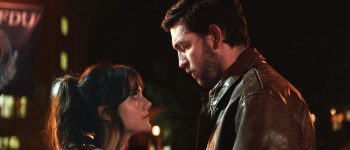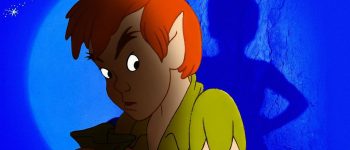Marlon Brando, an iconic figure in the annals of cinema, embarked on a directorial adventure like no other with “One-Eyed Jacks.” While Brando is celebrated for his legendary performances in films such as “On the Waterfront” and “The Godfather,” his off-camera quirks and artistic temperament often made him a challenging collaborator. Yet, his sole directorial endeavor stands as a testament to his unique vision and determination.
“One-Eyed Jacks,” released in 1961, might appear on the surface as just another Western, but a closer look reveals Brando’s attempt to reshape the genre’s foundations. The film revolves around Rio (Brando), a charming outlaw seeking revenge against his former partner-in-crime turned sheriff, Dad Longworth (Karl Malden). Alongside the typical Western elements, Brando injects a subversive twist, challenging the traditional hero archetype. Rio is no virtuous protagonist; he is a criminal, a master of deception even in matters of the heart. Brando’s portrayal of Rio, combined with his relaxed approach to filmmaking, results in captivating, unorthodox scenes that defy genre conventions.
see more : 15 Unforgettable ‘Star Wars’ Quotes That Define the Saga
Behind the scenes, “One-Eyed Jacks” faced a rocky journey. Initially conceived as a project to shed light on the treatment of Native Americans, it shifted to adapt Charles Neider’s novel, “The Authentic Death of Hendry Jones.” Renowned writer Rod Serling, famous for “The Twilight Zone,” joined the team but eventually gave way to Sam Peckinpah, another enigmatic figure in the world of cinema.
The turning point came when Stanley Kubrick, fresh from his success with “Paths of Glory,” was approached by Brando. Kubrick’s meticulous approach clashed with Brando’s improvisational style. Their partnership was bound to be tumultuous, and after two years of struggling to find common ground, Kubrick departed the project.
Brando stepped in as the director, choosing Guy Trosper to rework the script to his liking. However, his inexperience behind the camera led to a chaotic production. Constant retakes, budget overruns, and idiosyncratic demands plagued the set. Nonetheless, Brando’s stature as a Hollywood legend allowed him to forge ahead.
see more : ‘Peter Pan’ Is Actually Based on This Dark True Story
When Paramount saw Brando’s five-hour cut of the film, they were horrified. Executives demanded substantial changes to make the film more marketable. While Brando reluctantly agreed to some reshoots, he eventually conceded to their demands, resulting in a 141-minute version.
“One-Eyed Jacks” is a testament to the clash of creative forces and the resilience of a determined artist. It offers a glimpse into the mind of Marlon Brando as he navigated the complexities of directing. While the production may have been unconventional and filled with challenges, it remains an engrossing piece of cinematic history.
In retrospect, one cannot help but wonder how the film might have unfolded under Kubrick’s guidance or in any of its other proposed forms. Yet, “One-Eyed Jacks” stands as a unique testament to Brando’s boldness, marking his sole directorial venture in a career filled with groundbreaking performances.
Brando’s decision to step into the director’s chair and the trials he faced during the film’s production may have deterred him from future directing endeavors. Nevertheless, “One-Eyed Jacks” remains a distinctive and enduring piece of cinema, a testament to the indomitable spirit of one of Hollywood’s greatest legends.
Source: https://dominioncinemas.net
Category: MOVIE FEATURES
